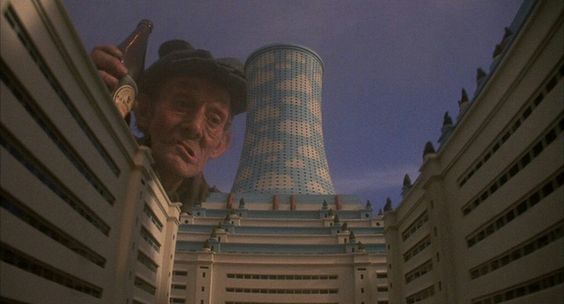Stopmotia Interviews: Jan Švankmajer (youtube.com)
STOPMOTIA’s interview with Jan Svankmajer holds significant research value regarding Jabberwocky and the artist himself. It delves into the origins of his creations and the impact of his upbringing on his artistic endeavors. He also mentions several influential figures who have shaped his creative process.
“Among those whom we try to help by our psycho-analytic efforts we often come across a type of person who is marked by the possession of a certain set of character-traits, while at the same time our attention is drawn to the behaviour in his childhood of one of his bodily functions and the organ concerned in it.”
Freud, “Character and Anal Erotism” (1908)
In Jan Svankmajer’s view, eroticism forms the foundation of all creation, and in his work ‘Jabberwocky,’ we can sense traces of childhood and sensuality. This, to him, embodies the true colors of humanity.
Jan Svankmajer draws inspiration from Freud‘s theories on dreams and the subconscious, often exploring human subconscious fears, desires, and psychological states in his works, creating bizarre yet symbolic scenes. These elements reflect Freudian psychology’s influence on Svankmajer’s filmmaking.
Terry Gilliam is another one who influence him a lot.He mentioned “Brazil” left a deep impression on him.

Terry Gilliam and Jan Svankmajer share similarities in their film styles. Both directors tend to explore absurdity, fantasy, and exaggeration in their works, creating an atmosphere that feels surreal and unconventional. They employ unique visual effects and techniques, utilizing a mix of special effects, animation, and live-action to craft striking and unusual visuals. Furthermore, they both incorporate satire and criticism of human behavior, societal issues, and political realities, using exaggeration and humor to highlight societal contradictions.
However, Gilliam often focuses more on storytelling and political satire, as seen in “Brazil,” while Svankmajer concentrates on portraying personal fantasies, dreams, and psychological states. Despite these similarities, each director maintains a distinct style and thematic approach in their films.